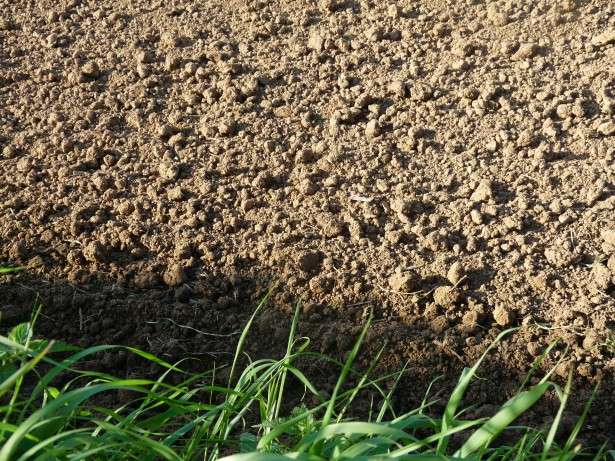Scientists use standard office scanner as a tool for soil color evaluation

A scientist of the Soil Science Department of the Lomonosov Moscow State University and her colleagues have designed a simple technique for quantitatively characterizing soil colour with the help of a low-cost office scanner. The promising colour control technique decreases incorrect diagnostics of soil horizons, and consequently increases the accuracy of soil maps.
First author Natalia Kirillova, biologist at the Lomonosov Moscow State University, says, "With the help of proper calibration, a standard office flatbed scanner can be a tool for measuring soil colour at the spectrophotometer level. The scientific value lies in the fact that we have found a method for a simple quantitative colorimetric analysis of soil horizons."
Spectrophotometers are devices to measure the reflectance spectrum of soils鈥攏amely, wavelength distribution of spectral reflection coefficients. The reflection spectrum and its derivatives determine the colour specificity of soil horizons. The scientists collected and analyzed a large number of soil samples. They used reflectance spectrophotometry along with image analysis methods and mathematical transformations from one colour space to another.
The scientists say that a research advantage of office scanners is the transition from descriptive (verbal) characteristics of soil colour to quantitative ones. The Munsell colour charts are the primary qualitative or semi-quantitative means to describe soil colour. The researchers used the Munsell colour charts only for calibration of the scanner. This method of measuring colour is close in accuracy to the level of a spectrophotometer.
Natalia Kirillova says, "Modern estimates show that soil is the main depot for conservation of organic carbon on land. For global assessments, soil maps are used, where distribution of horizons with different organic carbon content is indicated. During field diagnosis (especially in case of wet soils), horizons with an organic carbon difference of several times could be easily confused. This leads to huge errors in mapping, and therefore, in estimating the amount of organic carbon in the soil. The proposed new method of colour control allows us to significantly reduce the risk of such mistakes."
More information: N. P. Kirillova et al, Colorimetric analysis of soil with flatbed scanners, European Journal of Soil Science (2017).
Provided by Lomonosov Moscow State University


















